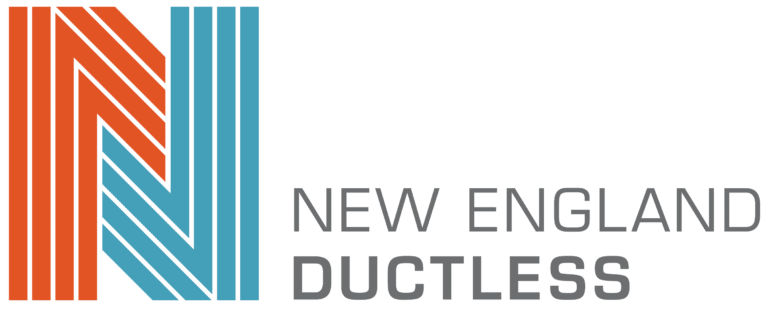Hello, my name is Corey Bullock, and I’m a Project Manager with New England Ductless, and I’d like to talk about a few of the myths that I’ve heard in my time as a project manager. The first myth, the biggest one that I hear most of all is that, “They can’t heat in New England temperatures.” And up to about five years ago, that was the truth. Traditionally, these would drop off. They wouldn’t be able to provide heat around 40 degrees Fahrenheit.
But about five years ago, Mitsubishi came out with Hyper Heat, which is able to provide heat down to negative 13 degrees Fahrenheit. That more than covers us in the Boston area. I believe it hasn’t been below negative nine degrees Fahrenheit in Boston in over 50 years. Maybe Northern Maine we’re talking a different story, but around here, we’re definitely good. What we’ve found is we’ve actually pulled out a lot of fossil fuel systems out of people’s homes, and we’ve been able to install mini-splits in their house and it’s provided heat, and they’ve made it through three winters that I know of without any problems at all.
The second myth that I found is that they’re really expensive to run. People think, “Oh, jeez, these things run off of electricity. I hear electricity that was installed in my house in the 1980s is really expensive to run,” and that couldn’t be further different than what we’re doing today. Traditionally, those baseboard heating systems are essentially putting in a big toaster along the bottom of your room and using resistant heat. Very expensive, very energy intensive. What these do, they don’t actually create any heat, they provide heat. They’ll push heat from one area to another. They’ll push heat from outside inside, even on a cold day, even on a zero degree day, there’s still heat outside. These units have the ability to find that heat, push it into your house, make it as warm and as comfortable as you’d ever want it.
The next myth that I’ve heard is that, “I can’t use it for my whole home.’ And again, experience has told us that we’ve done this many times. We’ve been able to cover the heating and cooling loads for everybody’s house. We run what’s called a Manual J survey, which will actually determine how many BTUs are needed to both heat and cool the home, and then we’re able to provide the correct equipment, properly sized so that your house is heated both inexpensively and efficiently.
Then last, we have some people that are a little nervous still about making the complete switch, is you can integrate this in with traditional heating equipment. We can use what’s called an integrated controller, which will actually talk to the outside temperature, talk to the systems, speak to both the boiler and the heat pump system and determine what’s the most efficient they’ll run at any given temperature. So in summary, the many myths that I’ve heard are all myths, just that. We’ve reliably heated many homes with both heating and cooling through ductless mini-splits.
